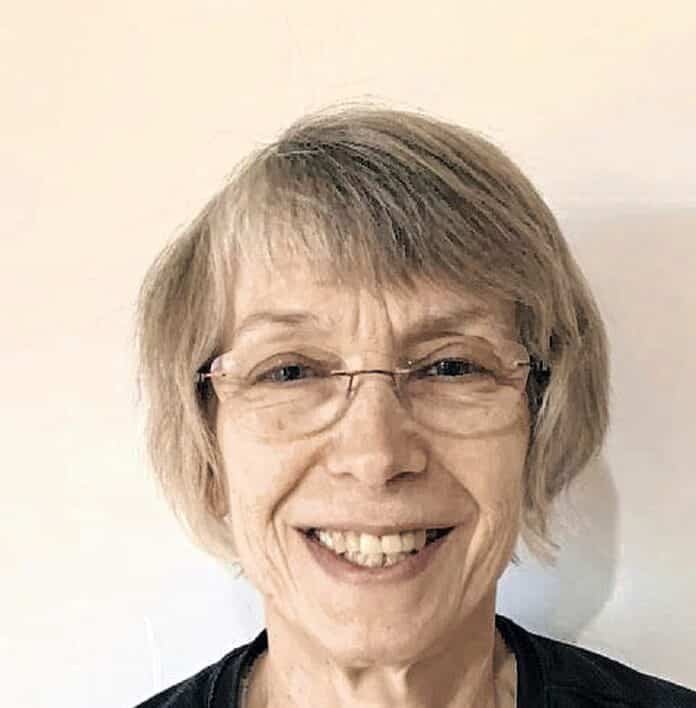February is Black History Month, so this is a good time to look back at Hancock County’s Black history.
In New Palestine, a pioneer-era cemetery near the original Delany homesite on U.S. 52 is a reminder that there was a small, Black community in New Palestine in the mid-1830s.
Daniel Chivis was a farmer in Vernon Township about that same time, and his son, Eli, became a wagon maker in McCordsville.
Irvin Hunt, Greenfield’s first Black resident, also arrived in the 1830s. He later worked for the Mitchells, who published the Hancock Democrat; and his son, Julius, had an oyster parlor in Greenfield before the Civil War.
Micajah Cotton did not farm for long in Jackson Township after arriving sometime between 1840-1850, but his son, Caleb, remained behind and worked as a barber in Greenfield before leaving to serve during the Civil War.
Abraham Hill in Blue River Township, James Brown in Green Township and Aaron White in Jones Township left few records and no descendants behind.
These early Black settlers had friendly relationships with their neighbors; however, public sentiment statewide had turned against Blacks by the time Greenfield’s best known Black resident, George Knox, arrived at the end of the Civil War. The attitude then, according to Knox, was: We already have one, we don’t want any more.
Knox, however, had prominent friends in Greenfield from his days with the 57th Infantry, and they vouched for him. Thus, Knox opened a barber shop and became the driving force behind a small but thriving Black community with its own Sunday school, church, literary clubs and a debating society.
It’s been suggested that Knox left due to the lynching of a Black man in 1875. If so, Knox waited almost a decade before leaving. The reality is that there were more opportunities for him in Indianapolis.
Some of our later history is not what we might have expected and could best be described politely by saying: “It’s complicated.”
Greenfield’s school was segregated, but after the new school was built, the “colored school” moved to the same building with a designated classroom and teacher. The quality of their education was good enough that Marcellus Neal — son of a freed slave — earned a scholarship and became the first Black male to attend Indiana University.
While some whites didn’t want to rent to Blacks, there were no restrictions on home ownership. Several Blacks owned their own homes and Nate Jones, a disabled Black resident who was a “boot-black” in barber shops, purchased several properties in Greenfield and retired “comfortably.”
When Guy Jones (white) assaulted Richard Curry (Black), in “Whiskey Alley,” an all-white Hancock County jury found Jones guilty. A second trial reversed the verdict.
In 1910, Mayor Myers appointed a few city detectives, including William Neal, who was Black. A court later determined those appointments were not in accordance with state law.
Thousands of Hancock County residents joined the KKK in the 1920s, and “Klan Day” at the fairgrounds was very popular. However, all but about 30 of our Black residents left Hancock County earlier as the gas boom ended and factories closed.
Hancock County had 19,030 residents in 1910, with 118 listed as “colored,” and the population dropped to 17,210 in 1920, with only 30 of them being “colored.” The Blacks who remained lived in Greenfield or Shirley.
Green Township welcomed its first black family in about a hundred years in the 1930s and its grandson, Tom Brooks, became Hancock County’s first Black athlete. His teammates loved him so well that when segregation policies meant no accommodations for Tom on the planned senior trip in 1946, his teammates decided to stay home as well.
In the 1960s, a real estate agent was harassed and received death threats after showing housing in Weston Village to black Eli Lilly employees who were being transferred to Greenfield.
The Greenfield Ministerial Association published a “Declaration of Principles” and appealed to the community to resolve tensions.
In 1970, the newly consolidated Greenfield-Central High School senior class had only one Black student. We elected him president.
From 1970 through 1990, we had fewer than 50 Black residents in our county. In 2000, we had 74. In 2010, we had 2,242 “non-white” residents.
There is every reason to expect our county to continue growing more diverse, and this leads to the question: What will our future historians have to say the about the Black history of Hancock County in the 2020 era? The answer to that is in our hands.
A lifelong resident of Hancock County, Linda Dunn is an author and retired Department of Defense employee. Her latest book is “Hancock County Indiana: 100 Years of Black History 1840-1940.”



